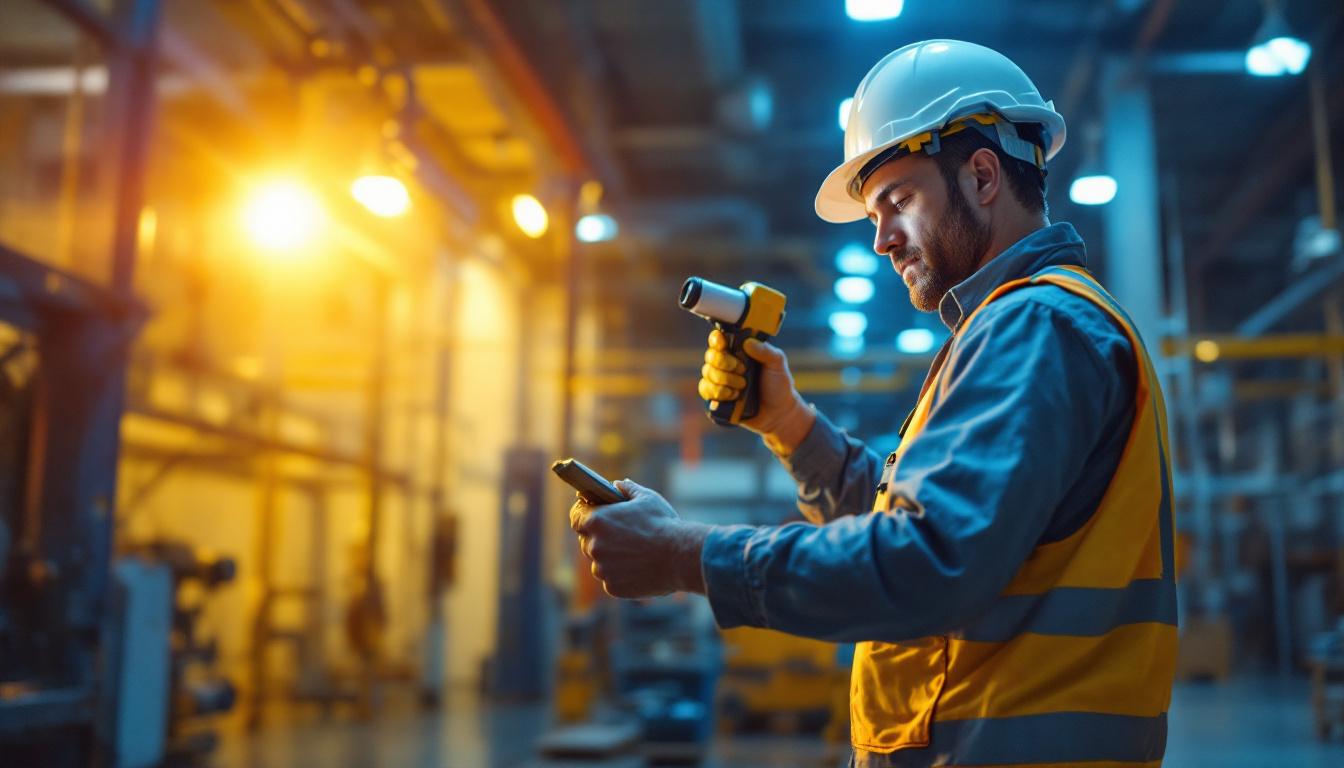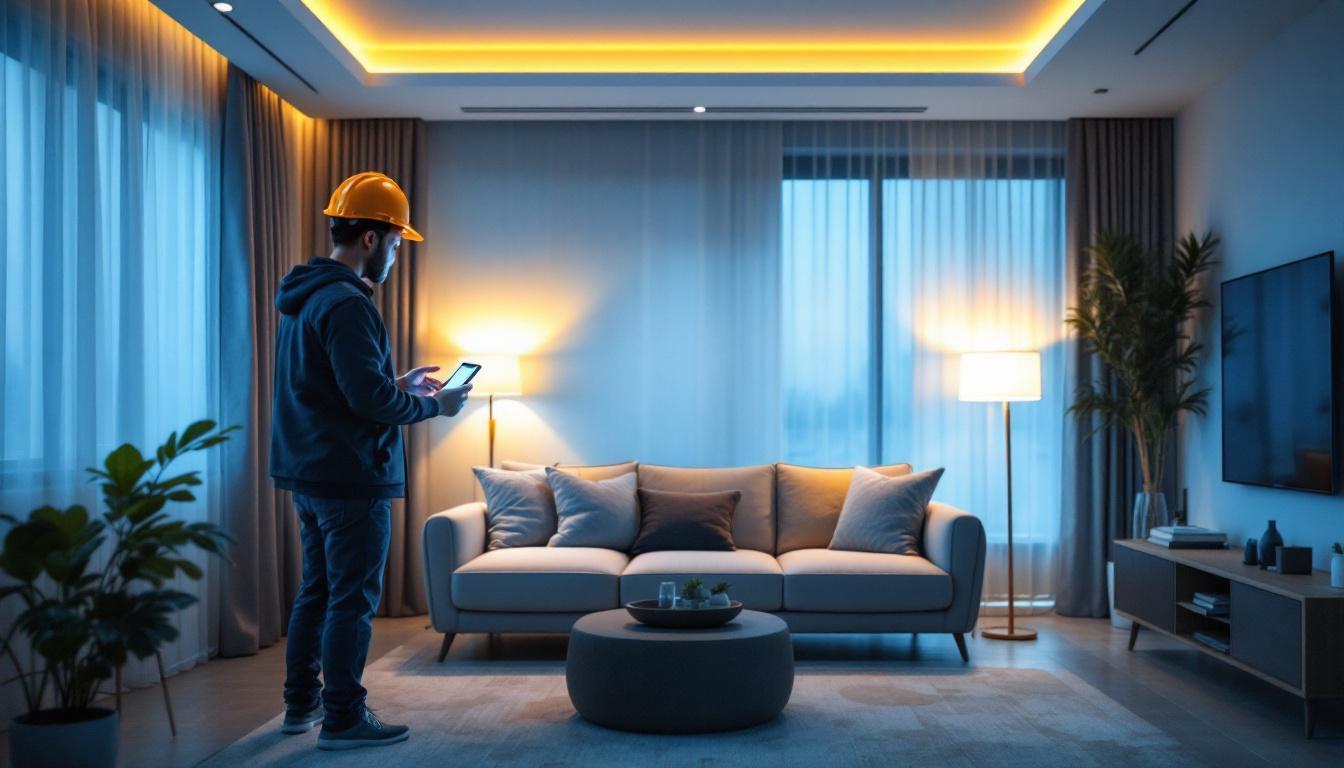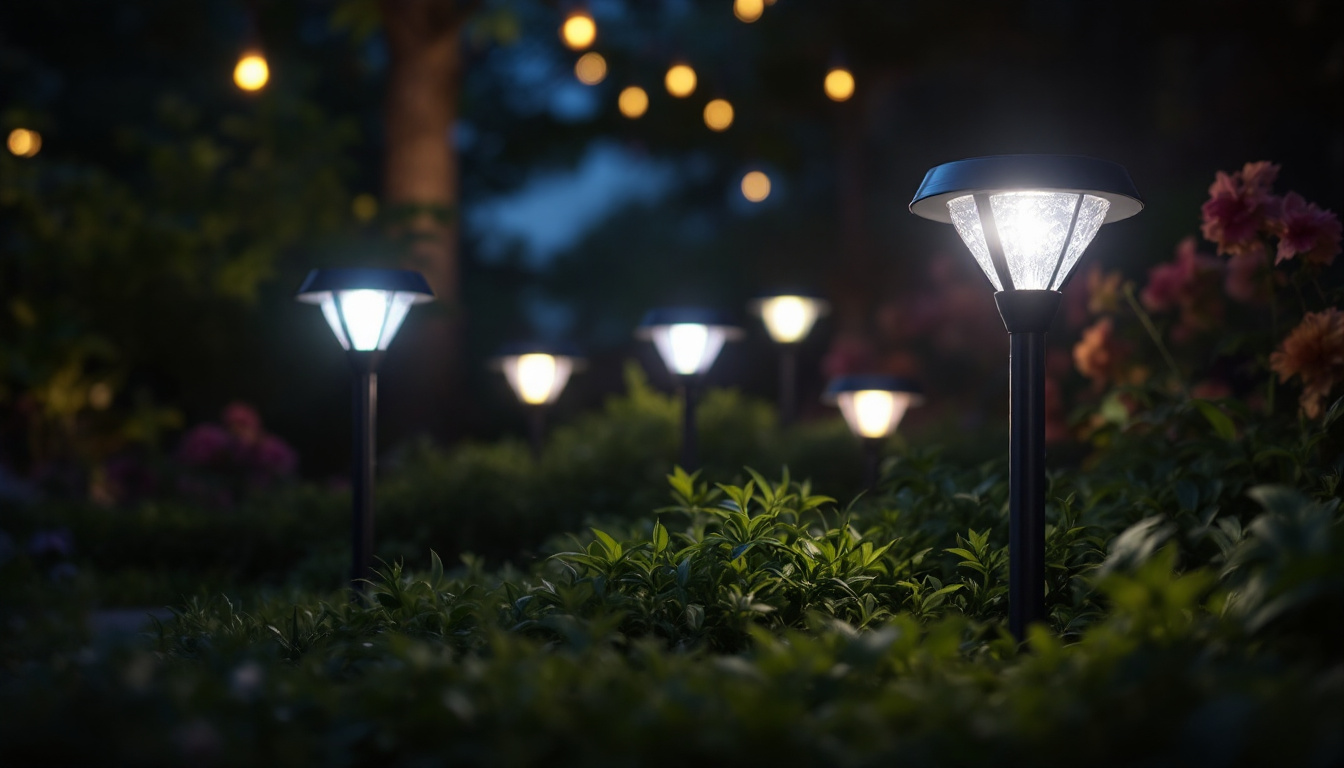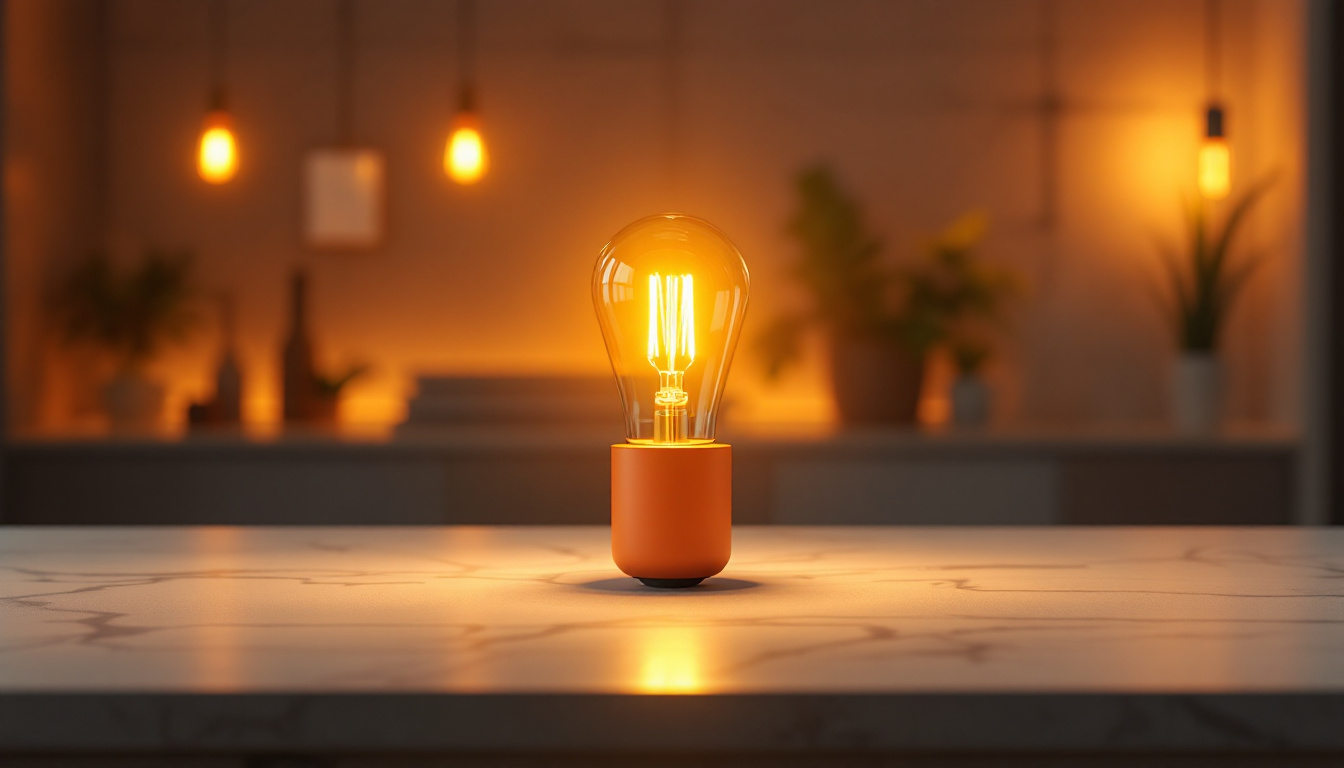
Metal halide lighting has long been a staple in commercial, industrial, and outdoor applications due to its high-intensity output and broad coverage. However, as energy efficiency standards tighten and sustainability becomes a priority, LEDs have emerged as the superior alternative. For lighting contractors, understanding the nuances of metal halide to LED conversion is essential not only for delivering value to clients but also for staying competitive in a rapidly evolving market.
LED technology offers numerous advantages over metal halide, including reduced energy consumption, longer lifespan, lower maintenance costs, and improved light quality. This transition, however, requires careful planning and execution to ensure optimal performance and client satisfaction. This comprehensive checklist is designed to guide lighting contractors through every critical step of the conversion process.
One of the most compelling reasons to make the switch is the significant reduction in energy costs. LEDs consume up to 75% less energy than traditional metal halide bulbs, which can lead to substantial savings on electricity bills over time. Additionally, many regions offer incentives for businesses that adopt energy-efficient technologies, making the transition not only environmentally friendly but also financially advantageous. These savings can be reinvested into the business, allowing for further improvements or expansions.
Moreover, the versatility of LED lighting is another factor that enhances its appeal. LEDs are available in a wide range of color temperatures and styles, enabling contractors to tailor solutions to the specific needs of their clients. Whether it’s creating a warm ambiance in a retail space or ensuring bright, clear visibility in a warehouse, LEDs can be customized to meet diverse lighting requirements. This adaptability not only improves the aesthetic and functional aspects of a space but also enhances the overall user experience, making it a win-win for both contractors and their clients.
Before recommending an LED retrofit or replacement, conduct a detailed site evaluation. Assess the existing metal halide fixtures in terms of wattage, mounting height, beam angle, and control systems. Understanding the current lighting layout helps in selecting LED solutions that match or exceed performance standards.
Additionally, evaluate the condition of electrical infrastructure, including ballasts, wiring, and poles or mounting structures. Metal halide systems often rely on magnetic ballasts, which will be bypassed or removed in LED conversions. Ensuring compatibility or identifying necessary upgrades is crucial to prevent future failures or safety hazards. Furthermore, take into account the surrounding environment and how it may affect lighting needs. For example, outdoor areas may require different lighting strategies compared to indoor spaces, especially in terms of glare control and light distribution. This comprehensive approach ensures that the new LED system not only meets current requirements but also anticipates future needs.
Energy audits provide concrete data on power consumption and operational hours, helping to quantify potential savings. LEDs typically consume 40% to 70% less energy than metal halide lamps, translating into significant reductions in utility bills. Presenting clients with a detailed cost-benefit analysis, including payback periods and return on investment, strengthens the case for conversion.
Consider factors such as maintenance savings due to longer LED lifespans, reduced labor costs for lamp replacements, and potential rebates or incentives offered by utility companies or government programs. These financial metrics are often decisive in client approval. Additionally, it is essential to factor in the environmental benefits of switching to LED technology. By reducing energy consumption, clients contribute to lower greenhouse gas emissions, aligning their operations with sustainability goals. This aspect can be particularly appealing to businesses looking to enhance their corporate social responsibility profile.
Ensure that the proposed LED fixtures comply with local and national lighting codes, energy efficiency standards, and environmental regulations. For instance, many jurisdictions have adopted stringent regulations on energy consumption and light pollution, which LEDs can help meet more easily than metal halide systems.
Additionally, verify that the LED products have appropriate certifications such as DLC (DesignLights Consortium) or ENERGY STAR, which may be prerequisites for rebates or incentives. Staying informed about evolving regulations protects contractors and clients from compliance issues down the line. It is also prudent to engage with local authorities or industry associations to stay updated on upcoming changes in legislation that could impact lighting projects. By fostering these relationships, contractors can not only ensure compliance but also position themselves as knowledgeable partners in the transition to more efficient lighting solutions.
“`html
Select LED fixtures that replicate or improve upon the light output and distribution of the metal halide lamps being replaced. Consider lumen output, color temperature, color rendering index (CRI), beam angle, and dimming capabilities. For example, metal halide lamps often emit light with a color temperature around 4000K to 5000K; selecting LEDs within this range ensures visual consistency. Additionally, it’s important to evaluate the application of the lighting. For instance, in environments where task lighting is critical, such as offices or workshops, fixtures with adjustable beam angles can provide focused lighting where it’s needed most, enhancing both productivity and comfort.
High CRI LEDs (above 80) are preferable in environments where color accuracy is important, such as retail or manufacturing spaces. These environments benefit from LEDs that not only illuminate but also enhance the true colors of products, which can significantly influence purchasing decisions. For outdoor or security lighting, fixtures with appropriate ingress protection (IP) ratings and robust housings will withstand environmental challenges. Selecting fixtures with higher IP ratings ensures that they are resistant to dust and moisture, making them suitable for various weather conditions and extending their operational lifespan.
LED drivers regulate power to the LEDs and can influence performance and lifespan. Opt for high-quality, reliable drivers that support dimming and smart controls if required. Integrating controls like occupancy sensors, daylight harvesting, or networked lighting management systems can further enhance energy savings and user experience. For instance, occupancy sensors can automatically adjust lighting levels based on the presence of individuals in a space, significantly reducing energy waste in unoccupied areas. Furthermore, daylight harvesting systems can optimize natural light usage, ensuring that artificial lighting is only used when necessary, which can lead to substantial cost savings over time.
When retrofitting existing fixtures, verify whether the LED solution is a direct retrofit (plug-and-play) or requires rewiring and ballast bypass. This distinction impacts installation complexity and cost. Understanding the existing electrical infrastructure is crucial, as it can dictate the ease of installation and the potential need for additional electrical work. In some cases, consulting with a lighting designer or electrical engineer can provide insights into the most efficient and cost-effective retrofitting solutions, ensuring that the transition to LED technology is seamless and beneficial.
Given the investment involved, prioritize LED products with robust warranties—typically 5 to 10 years. A solid warranty not only reflects the manufacturer’s confidence in their product but also provides peace of mind for the buyer, knowing that they are protected against defects and performance issues. Manufacturer support in terms of technical assistance, replacement policies, and product availability is also critical. This ensures that any issues post-installation can be addressed promptly, maintaining client trust and satisfaction. Additionally, some manufacturers offer extended support services, including training for installers and ongoing maintenance advice, which can be invaluable for ensuring the longevity and efficiency of the lighting system.
“`
Before beginning installation, confirm that all materials, tools, and personnel are prepared. Review the project scope, site conditions, and safety protocols. Coordinate with facility managers to schedule work during low-traffic hours or planned downtime to minimize disruption.
Ensure that all electrical circuits are properly de-energized and locked out before handling fixtures. Personal protective equipment (PPE) such as gloves, safety glasses, and insulated tools should be standard for all team members.
Carefully remove existing metal halide lamps and ballasts, disposing of them according to hazardous waste regulations. Metal halide lamps contain mercury and other materials that require special handling. Proper disposal not only complies with environmental laws but also protects the health of workers and occupants.
Inspect mounting hardware and electrical boxes for corrosion or damage. Replace or repair as needed to provide a secure foundation for the new LED fixtures.
Follow manufacturer instructions meticulously when installing LED fixtures. For retrofit kits, ensure correct ballast bypass wiring or ballast removal as specified. Verify that polarity and voltage ratings match the electrical supply.
Use appropriate connectors and secure wiring to prevent strain or exposure. Grounding is essential for safety and electromagnetic compatibility. After installation, conduct visual inspections and functional tests to confirm proper operation.
Once installation is complete, perform a comprehensive system test. Check for flickering, consistent brightness, and proper operation of controls such as dimmers or sensors. Measure light levels with a photometer to ensure compliance with design specifications and client expectations.
Document all test results and provide clients with operation manuals, warranty information, and maintenance guidelines. This transparency fosters confidence and facilitates long-term satisfaction.
Although LEDs require less maintenance than metal halide lamps, periodic inspections are still necessary to ensure optimal performance. Establish a maintenance schedule that includes cleaning fixture lenses, checking electrical connections, and verifying control system functionality.
Advise clients on signs of potential issues such as dimming, color shifts, or flickering, which may indicate driver or LED module degradation. Early detection can prevent costly replacements and downtime.
Educate clients on the benefits and operational differences of LED lighting, including instant-on capabilities, dimming options, and reduced heat output. Provide training on using control systems effectively to maximize energy savings.
Offer ongoing support services such as remote monitoring or scheduled maintenance contracts. Building strong client relationships through proactive service enhances reputation and encourages repeat business.
Converting metal halide lighting to LED is a transformative upgrade that benefits clients through energy savings, improved lighting quality, and reduced environmental impact. For lighting contractors, mastering this process requires a thorough understanding of site conditions, product selection, installation techniques, and post-installation care.
By following this ultimate checklist, contractors can deliver professional, efficient, and compliant conversions that meet client needs and industry standards. Staying informed about technological advancements and regulatory changes will ensure continued success in this dynamic field.
“`html
Ready to elevate your lighting projects with the most cost-effective, high-quality LED solutions? Look no further than LumenWholesale. Our extensive selection of spec-grade lighting products is designed to meet the diverse needs of any metal halide to LED conversion, ensuring you deliver exceptional value and performance to your clients. With unbeatable wholesale prices and the convenience of free shipping on bulk orders, LumenWholesale is your go-to source for premium lighting without the premium price tag. Begin your seamless transition to energy-efficient lighting and explore our collection for Wholesale Lighting at the Best Value today.
“`

Discover the transformative power of smart home lighting control and why it’s essential for every lighting contractor.

Discover innovative cost-saving strategies for lighting contractors using solar panels for outdoor lighting.

Discover the top solar lights that illuminate your nights without fail.

Discover the secrets to future-proofing your lighting projects with ballast lamps.